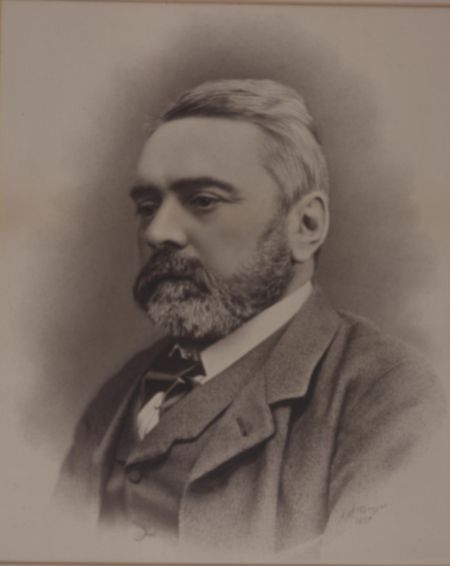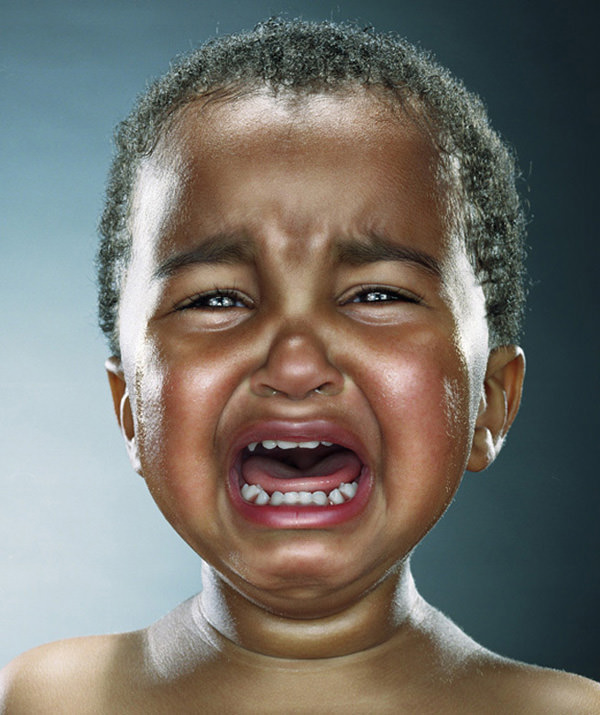But, here I am, forging ahead. Through tired eyes and a slogged brain, I mush! (only slightly over dramatic).
Today I address an issue that has troubled me for some time and will continue into the future.
I frequent my favorite booze shop Total Wine. I find they have superior selection for significantly cheaper prices. Where BevMo had Macallan 12 for $40, Total Wine had it for $30. Where JW Blue Label was $210 at Albertson's, it was $180 at Total Wine. For those of you who have not shopped for booze with me, let me tell you: it's a time consuming process. Much like the stereotypical woman shopping for a purse/pair of shoes/handbag, I browse. I read. I look. I compare. I search. I think.
Then I walk away.
Then I come back.
I always shop with a friend so we can discuss, because it's not just a purchase of mine, it's a purchase of all. The liquid will be shared amongst us all. Usually, a good 45 minutes to an hour passes before I buy. I do my research, I take my time, and only once have I ever regretted a purchase (and that's the only time I took the advice of the store employee).
Suffice to say, I remember things about my scotch. Like prices.
Prices are on the rise. Macallan 12 is now $42.99 at Total Wine. Everything keeps...getting...more...expensive. It makes it harder to justify a purchase. Where I would reward myself every few months with a $100 bottle, now for the same scotch it's more like $120. Soon I'll be buying "mid" tier scotches for $80!
What's the deal?!
Well, I have read several articles and noticed some things myself that corroborate the articles.
Firstly, the articles. That articles talks about a rising middle class in Asia and South America thirsty for whisky. Supplies are dwindling. Classic Supply and Demand. The Supply is low and Demand is high = higher prices. The problem with scotch whisky is that it takes time to make more supply. The lowest standard single malt is 10 years. That means if demand is high today, the supply cannot grow until 10 years later. Scotch is a long-term investment. Distilleries must guess what the demand will be in the future. How were they to know an exploding middle class in Asia would enjoy scotch whisky?
Another reason I have noticed myself is the "cool" factor. And...I'm going to say it...fucking hipsters. Scotch has a certain sense of class about it, or an old-fashioned quality; grandfatherly quality. Hipsters being all "I was doing/drinking/eating that/this before it was cool," definitely honed in on whisky. First it started with obscure cocktails, then old fashioned cocktails. Manhattans and whatnot. Those are made with whiskey: bourbon, wheat, or rye.
Currently, Bourbon is the drink of choice for many in the "drink snobbery" crowd (but don't take it too seriously, bro). Yes, I'm being judgmental and generalizing, but IT'S MY BLOG SO EAT IT. But really, whiskey bars specializing in various whiskies have been opening up. There's one that opened up nearby me. The logo is an old fashioned bicycle
Hipster if I've ever smelled one. One outside patio has a DJ and loud music, the inside is bar-cramped with loud music, the downstairs is restaurant style seating with loud music...but there's a tiny cigar patio that is less crowded with (usually) quieter music. And (it pains me to say this), but their selection is good. Best selection at a bar within reasonable driving distance.
Rising Middle Class and Dirty fuckin' Hipsters have increased demands. (HOW DARE YOU SUGGEST THAT I AM AM HIPSTER. I WAS DRINKING SCOTCH BEFORE IT WAS...oh God...*weeps*)
But what's the result?
This is one result. Other countries are producing more of their own whiskies to introduce in a global liquor marketplace. Japanese, Indian, Sweden, France, and USA have been. producing more single malts as of late. Tastes are vastly different, but no less enjoyable (opinion...I enjoy a good scotch).
Also, ages of whiskies have been declining rapidly. As I mentioned in an earlier post about JW Gold Label ditching the age statement, older scotches are quickly running dry. Scotland is nearing depletion of mature whiskies. In an effort to keep up with demand, distilleries are releasing younger whiskies to have product now as opposed to 10 years from now.
2 issues arise.
1. Higher prices on mature whiskies. I have personally watched the higher aged whiskies increase in price even month to month. Sadly, there's not much I can do about it.
2. Younger whiskies are produced from all around the world. Flavor profiles change. Younger whiskies have vastly different qualities than older whiskies. Also, whiskies from different countries vary HUGELY. Soon the standard will no longer be a Macallan 12, but perhaps a Macallan "Distiller's Choice" with no age statement. It is a sad day when the tradition of Scotch Whisky is forsaken. Traditional values have such a place in scotch whisky mythology and production...and it saddens me. However, that doesn't mean they're not making older whiskies, it just means that now, things are a-changin'.
With more expensive whiskies, I'm going to be more hesitant to enjoy a good scotch on a regular basis. I'm going to want to save my now $85 bottle for special gatherings instead of the end of a workweek. Instead, my go-to will have to me a mediocre Glenrothes or an over-priced JW Black Label (which is a fine scotch, but not for the prices I have seen (upwards of $40 for Black!)). Alas, affordable and whisky are 2 words that are slowly creeping further and further apart.
I have no solution, I'm afraid. I have introduced scotch to so many of my friends and am happy I did because I have drinking and conversation buddies. But now, maybe I should discourage people from drinking it. Perhaps my next blog post will be how "whisky: gasoline in a glass" is the worst drink of all time, fit only to clean the underside of semi-trucks and the inside of workboots. Maybe y'all will spread the word and soon we can make scotch "uncool." Then, and only then, will we bask in the abundance of affordable whiskies crafted for those with refined tastes (hah) and, more appropriately, the patience and dedication to enjoy a fine beverage. No, I'm not trying to promote snobbery...but with demand comes higher prices and those hit the wallet.
So, lads and lasses, grab a dram whilst ya can. The price may not be right, but it's as good as it's gonna git!





